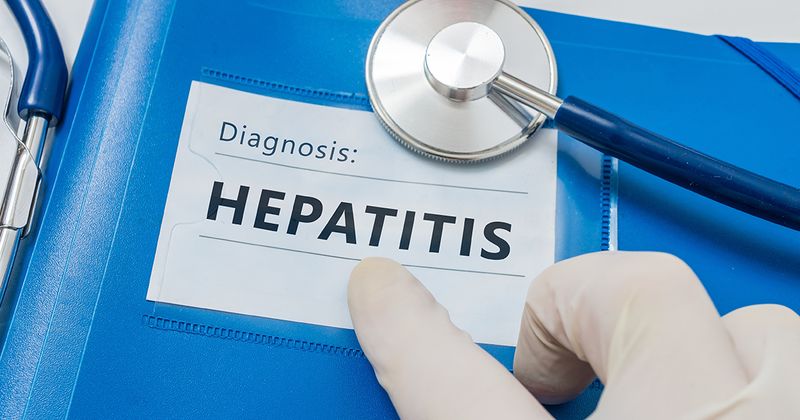‘Prompt vaccine rollout’ helped minimize risk, prevent outbreak of HAV at LA County jail
Key takeaways:
- LA County Jail system initiated a vaccination response within 48 hours after an incarcerated man tested positive for hepatitis A virus.
- More than 1,500 people were vaccinated and no additional cases identified.
A “rapid response to hepatitis A exposure” helped minimize the risk for transmission and prevent an HAV outbreak among incarcerated persons in a Los Angeles County jail, according to an investigation in Morbidity and Mortality Weekly Report.
On May 30, 2023, the county’s Correctional Health Services (CHS) department was notified that an incarcerated person, who had been assigned to food preparation in the jail kitchen, tested positive for acute HAV. Within 48 hours, CHS identified individuals who had been housed in the jail during the infectious period and offered postexposure prophylactic HAV vaccination to more than 2,700 people.

Image: Adobe Stock
“The prompt vaccine rollout likely helped reduce transmission and prevent an outbreak among the LA County Jail population, and the enhanced surveillance, which included the monitoring of emergency hospital transfers made because of suspicion of acute hepatitis A, helped identify possible secondary cases or clusters needing further investigation,” Nazia S. Qureshi, MPH, of the Los Angeles County Department of Health Services, and colleagues wrote.
According to the report, a 41-year-old incarcerated man with a history of homelessness, injection drug use and alcohol use disorder sought care on May 25 for vomiting, received antacids and reported feeling better. Three days later, the man returned to an urgent care facility for inappetence, abdominal pain, nausea and vomiting. He also had jaundice.
Health care providers reported elevated liver enzymes and reactive anti-HAV immunoglobin M; a stool sample collected May 28 also tested positive for HAV via polymerase chain reaction. The man remained hospitalized until June 2.
Based on the symptoms, CHS determined that May 9 to 28 was the patient’s infectious period, with the potential incubation period of his contacts to extend through July 17. CHS staff members identified 5,830 people who had been housed in the jail during the infectious period and offered HAV vaccination as postexposure prophylaxis to 2,766 who did not have a documented history of HAV serology or vaccination. Of these, 1,510 (54.6%) accepted and were vaccinated.
In addition, CHS noted that any HAV-related signs or symptoms were reason for emergency hospital transfer. No additional cases of HAV had been reported or identified as of Oct. 16, the report noted.
“This exposure response highlights the importance of initiating a rapid response to hepatitis A exposure in a jail setting to minimize risk for transmission and help prevent an outbreak,” Qureshi and colleagues wrote. “Having relevant laboratory results for reportable communicable diseases consistently and seamlessly communicated electronically across different health systems with mutual patients and using serology and vaccination records from electronic health records and state immunization registries can facilitate and optimize the response to a potential exposure by ensuring the timely administration of postexposure prophylaxis to those who are at greatest risk.”
